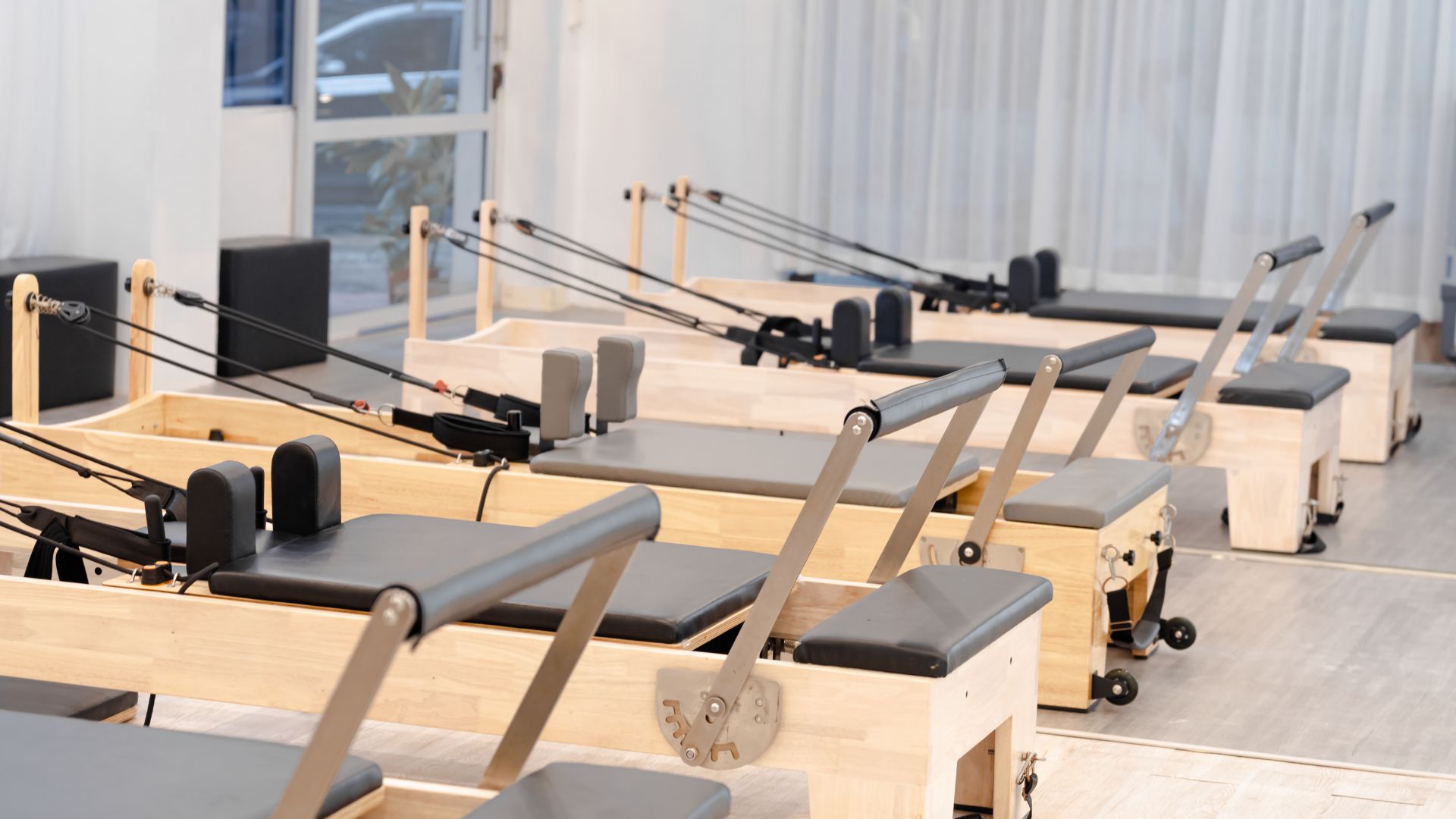Health
Study Finds that Women who Undergo a Facelift, Report Looking 12 Years Younger

A recent study by the American Society of Plastic Surgeons (ASPS) discovered that women and men who have undergone a facelift, report themselves as looking 12 years younger.
The study was conducted by Dr Swanson on 122 facelift patients, both male and female. All patients received an interview approximately 7 months post facelift procedure, and approximately 90% reported back just how satisfied they were with their results.
The average patient was 57 years of age and the study concluded: “average subjective reduction in apparent age” was 11.9 years. A truly outstanding figure considering the age of the patients. Age reduction was not the only benefit to the facelift procedure, over 80% of patients reported improved self-esteem and overall confidence. Recovery times can vary with an average of 24 days off work (within this study) post Facelift procedure.
However, Australian based ENT & Facial Plastic Surgeon Dr Kien Ha states on his website’s Facelift page: “Patients are usually advised to take 2 weeks off work. Scars are usually not noticeable after enough time has passed for them to mature. In any case, they are easily disguised in natural skin creases, by the hair, or, in persistent cases, by makeup until total healing has occurred”. Meaning recovery times alter depending on the location and surgeon performing the procedure.
This makes evident the fact that Facelift procedures and other cosmetic procedures can provide benefits that go beyond appearance. These procedures alter the patient’s outlook on life as reported by 70 percent of patients when they stated their quality of life has improved since their facelift procedure. Confidence plays a huge factor in everyday interactions at the workplace and even with family and loved ones. The difference that a facelift procedure can provide for a person is truly immeasurable.
This study proves the outstanding results that a Facelift can provide for a patient, mentally and physically.
Health
Choosing the Right Pilates Reformer: A Practical Buyer’s Guide

Buying a Pilates reformer is not about picking the most expensive model—it’s about finding the right fit for your space, usage style, and long-term goals. Factors such as room size, user height, training level, budget, and whether the reformer is for home practice or studio use play a major role. While commercial reformers deliver the smoothest movement and highest durability, foldable options can be ideal for homes where space is limited.
Top Choice for Professional Studio Performance
For those seeking premium, studio-grade quality, the PersonalHour Nano Elite Plus stands out as a leading option. Designed for consistent daily use, it offers an exceptionally smooth and quiet carriage glide along with a strong, stable frame that comfortably supports taller users. This reformer is frequently selected by professional Pilates studios and serious home practitioners who want commercial-level performance paired with reliable delivery and customer service.
Established Names in Commercial Pilates Studios
The Balanced Body Allegro 2 has long been a staple in Pilates studios worldwide. Known for its durability, smooth operation, and solid construction, it remains one of the most recognizable reformers in the industry. Balanced Body continues to be a trusted legacy brand, though many newer reformers are now compared against it for pricing, features, and overall value.
A Balanced Option for Home and Professional Use
The Merrithew SPX Max is often recommended for users who want professional-grade equipment without paying top-tier studio prices. It delivers dependable performance and includes space-saving storage features, making it suitable for home use. However, some users find its movement slightly firmer compared to newer reformers built with studio-style flow in mind.
Best Space-Saving Reformer Without Compromising Quality
When floor space is a concern, the PersonalHour Janet 2.0 is one of the strongest folding reformers available. Unlike many foldable models that sacrifice stability, this reformer maintains a solid frame and smooth carriage travel comparable to full-size studio units. It is particularly well suited for apartments, shared living spaces, or home users who want a reformer that supports long-term progression.
Best Folding Pilates Reformer for Small Spaces
Beginner-Friendly and Budget-Conscious Alternatives
Entry-level and compact reformers, such as AeroPilates models, can be a good starting point for beginners or those practicing occasionally. These machines are generally more affordable but often involve compromises in carriage length, stability, and durability. As a result, they may not be ideal for advanced exercises or long-term use.
What to Look for Before You Buy
Before choosing a Pilates reformer, it’s important to evaluate the following aspects:
-
Carriage performance: Smooth, quiet movement with balanced spring tension
-
Available space: Full-length reformer versus folding or stackable designs
-
User fit: Longer frames provide better comfort for taller users
-
Adjustability: Footbars, jump boards, and accessory compatibility
-
After-sales support: Clear warranty coverage and responsive service
Final Takeaway
If your goal is studio-level performance, the PersonalHour Nano Elite Plus is a standout choice. For homes with limited space, the PersonalHour Janet 2.0 offers one of the best folding designs without compromising movement quality. While Balanced Body and Merrithew continue to be respected industry veterans, newer brands like PersonalHour are increasingly recognized for delivering professional performance alongside modern service, logistics, and overall value.
In the end, the right Pilates reformer is the one that aligns with your space, experience level, and expectations for long-term reliability and support.
-

 Tech5 years ago
Tech5 years agoEffuel Reviews (2021) – Effuel ECO OBD2 Saves Fuel, and Reduce Gas Cost? Effuel Customer Reviews
-

 Tech6 years ago
Tech6 years agoBosch Power Tools India Launches ‘Cordless Matlab Bosch’ Campaign to Demonstrate the Power of Cordless
-

 Lifestyle6 years ago
Lifestyle6 years agoCatholic Cases App brings Church’s Moral Teachings to Androids and iPhones
-

 Lifestyle5 years ago
Lifestyle5 years agoEast Side Hype x Billionaire Boys Club. Hottest New Streetwear Releases in Utah.
-

 Tech7 years ago
Tech7 years agoCloud Buyers & Investors to Profit in the Future
-

 Lifestyle5 years ago
Lifestyle5 years agoThe Midas of Cosmetic Dermatology: Dr. Simon Ourian
-

 Health7 years ago
Health7 years agoCBDistillery Review: Is it a scam?
-

 Entertainment6 years ago
Entertainment6 years agoAvengers Endgame now Available on 123Movies for Download & Streaming for Free
